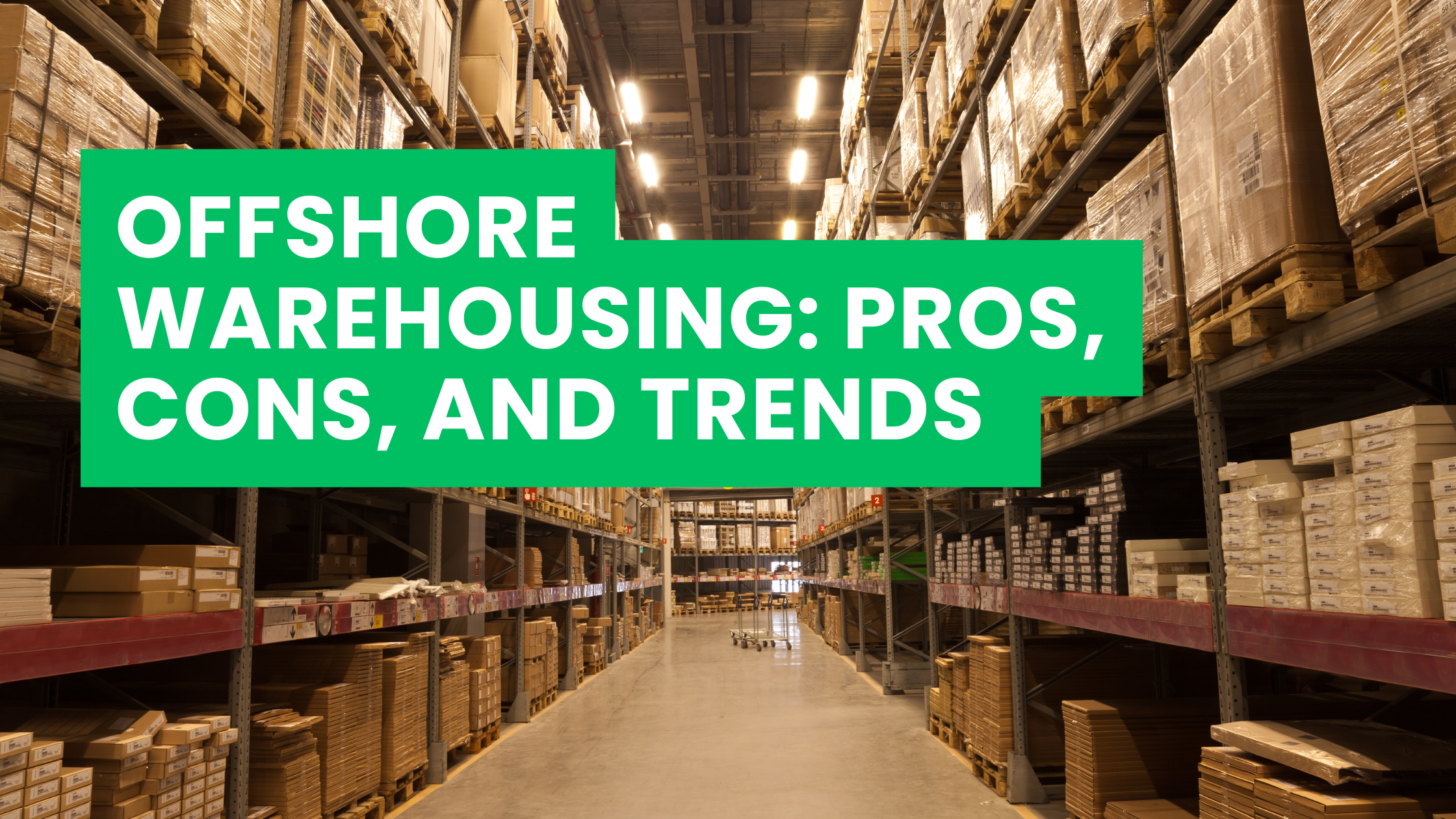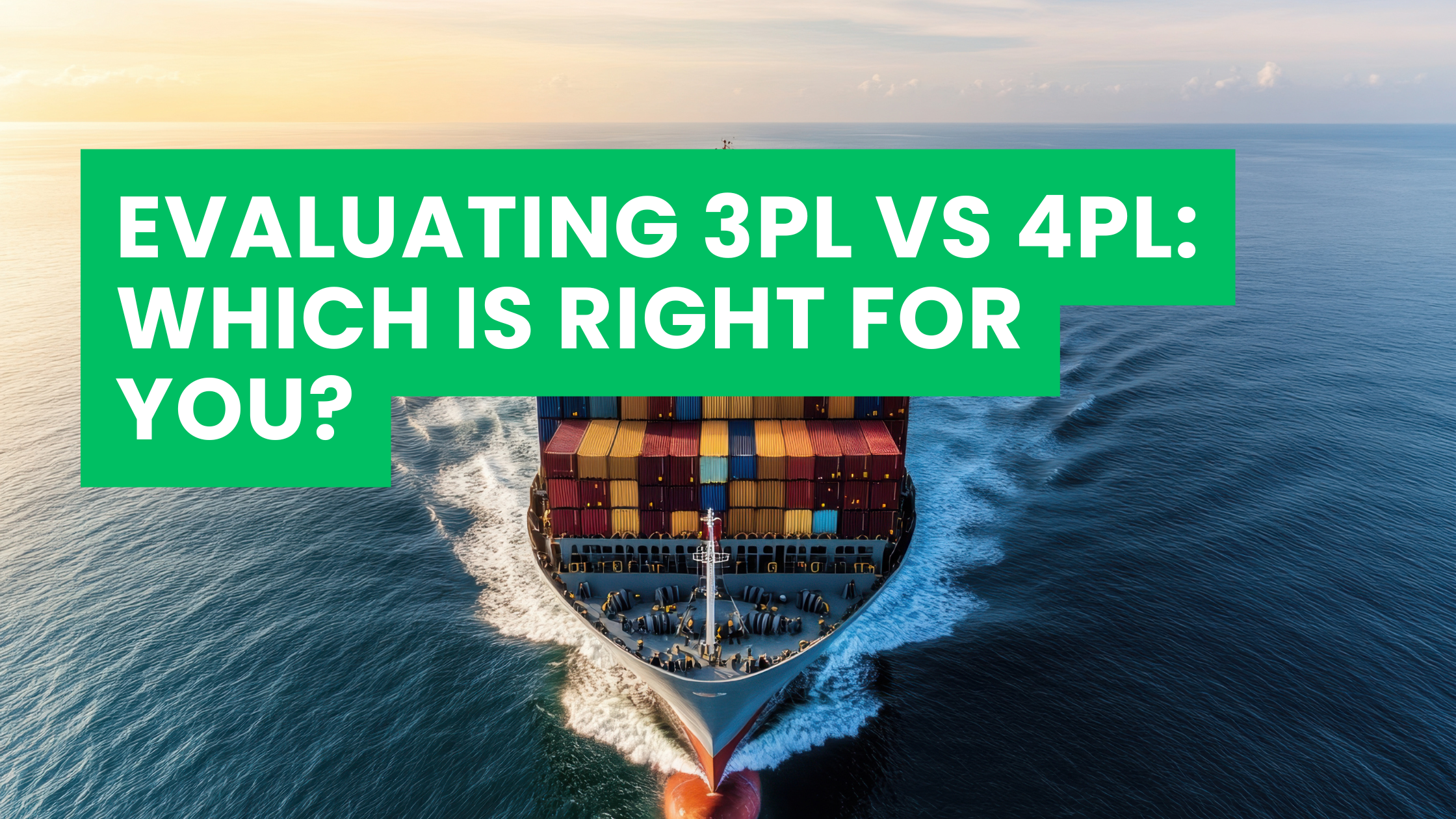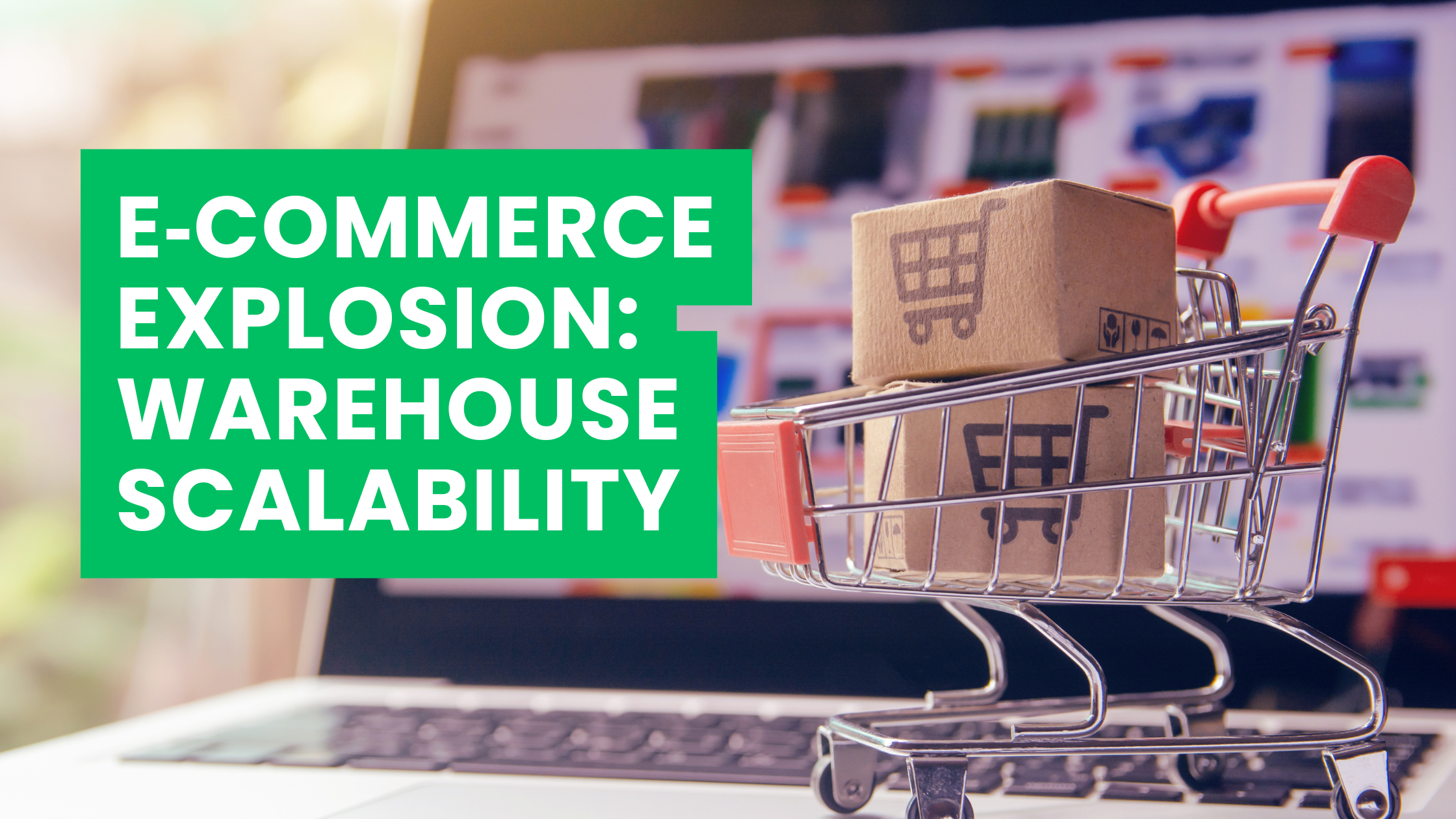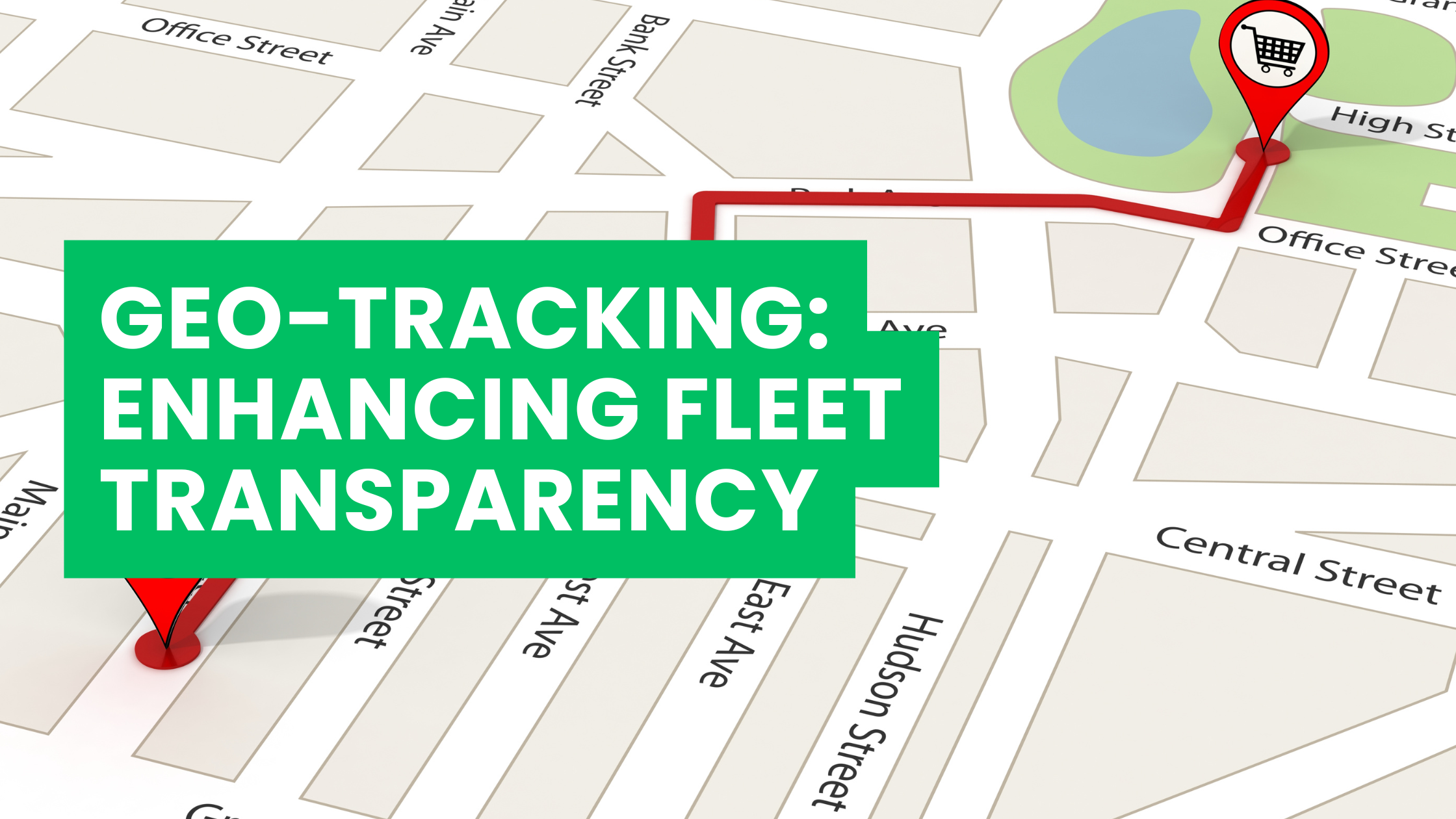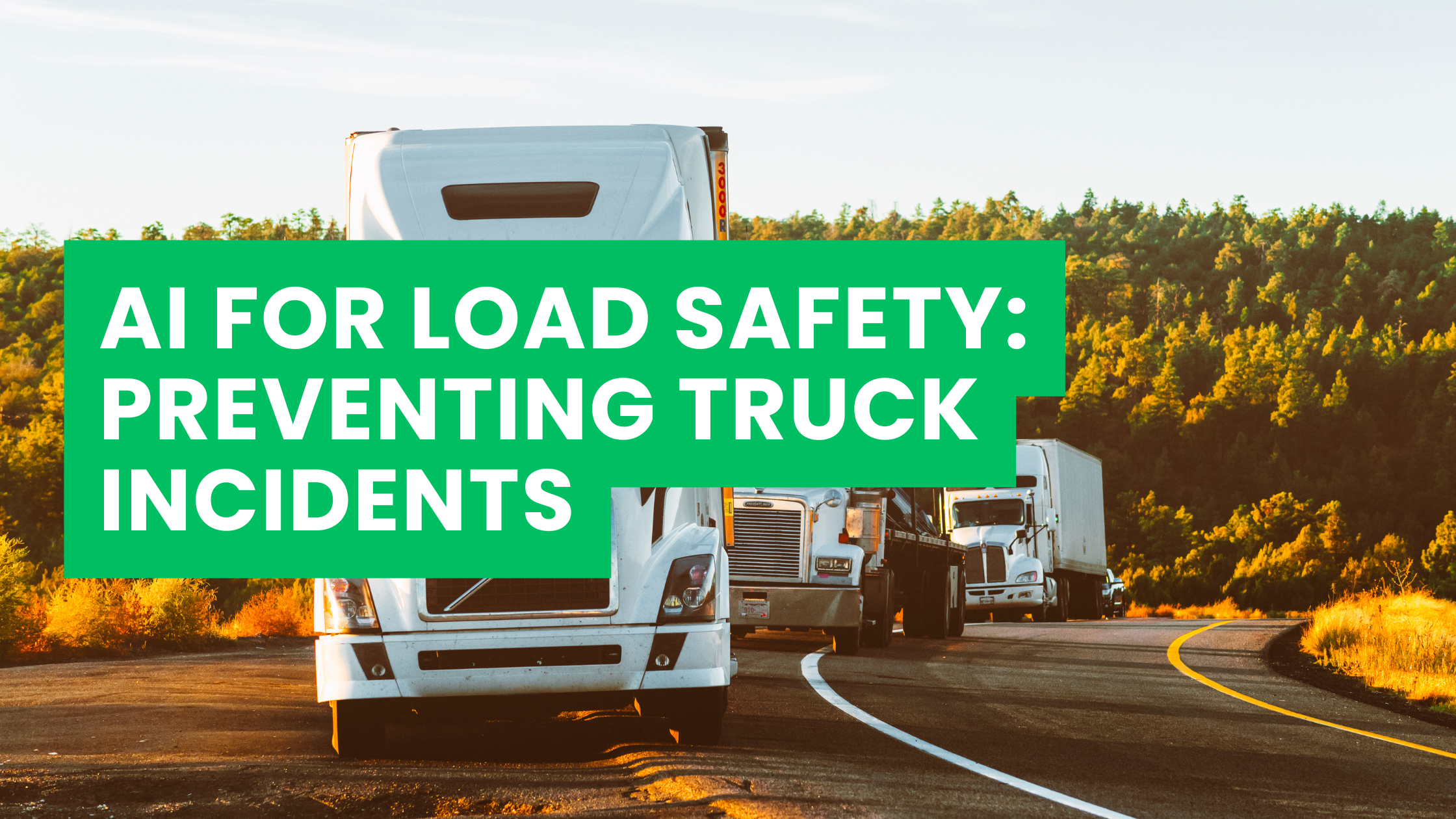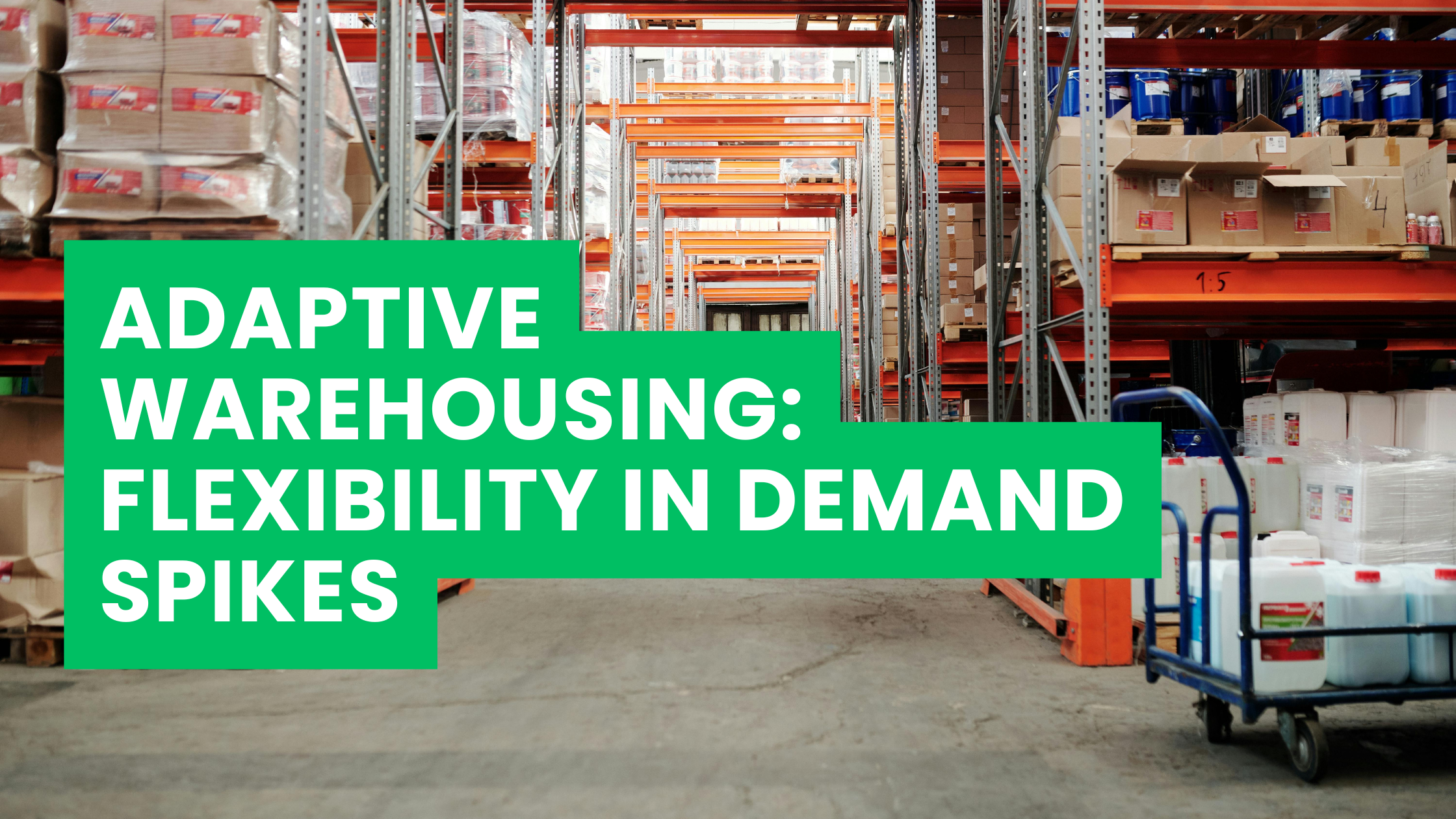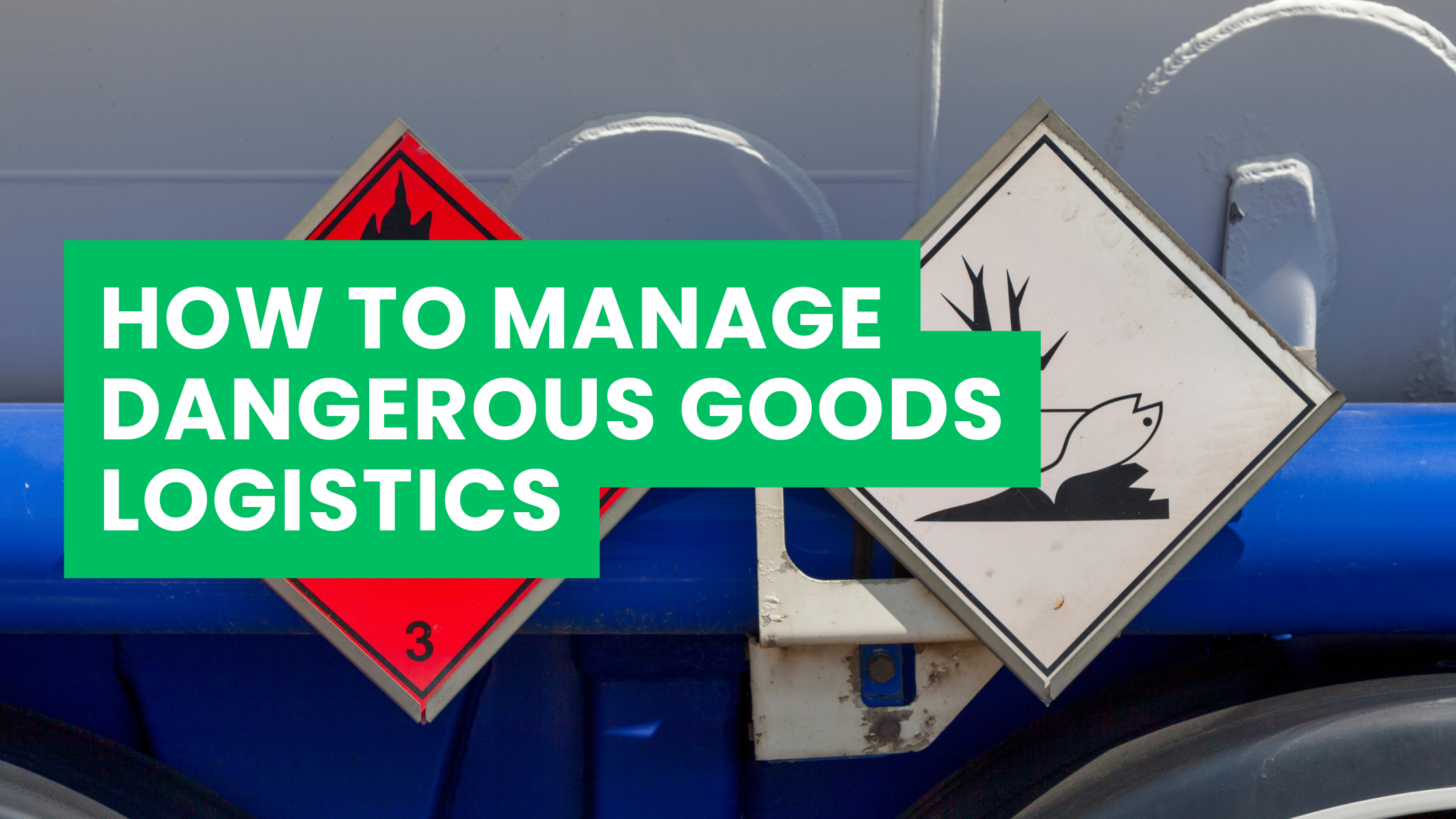Executive Summary
Offshore warehousing—storing inventory outside your home market to serve regional demand—can lower landed costs, speed up delivery, and de-risk customs exposure. But it also introduces new compliance, visibility, and working-capital challenges. In 2025, the calculus is shifting: FTZ/bonded strategies, near/friend-shoring, and AI-enabled WMS are reshaping how global brands design their networks.
What Do We Mean by “Offshore Warehousing”?
Definition. Offshore warehousing places buffer or cycle stock in a foreign country (or a free-trade/foreign-trade zone) to shorten lead times, postpone duty payments, and support regional delivery SLAs. Two regimes dominate:
- Free-Trade / Foreign-Trade Zones (FTZs): Special customs areas where duty payments can be delayed or reduced, and certain value-added operations (e.g., kitting, light assembly) are permitted.
- Customs-Bonded Warehouses: Secure facilities for storing imported goods with duty/tax deferred until release to local commerce. Manufacturing is generally not allowed.
Offshore vs. Nearshore. Many companies now blend offshore nodes with nearshore hubs (closer to end demand) to hedge geopolitical, tariff, or capacity shocks while keeping cost advantages.
Why Offshore Warehousing? (Pros)
- Duty deferral and cost reduction
- Duties are postponed until goods enter domestic commerce; re-exports can avoid duties altogether.
- Some jurisdictions allow tariff benefits when finished goods face lower duties than components.
- Shorter order-to-delivery times
- Regional stock plus zone-based value-add reduces transit variability and last-mile costs, improving service levels for e-commerce and B2B.
- Inventory positioning for tariff or capacity shocks
- Offshore buffers help hedge tariff rounds, port congestion, or other global disruptions.
- Flexible postponement
- In FTZs, light assembly, kitting, and relabeling can occur without triggering immediate duty, enabling late product differentiation near demand.
- Cash-flow advantages
- Deferring duties and taxes until sale improves working capital versus immediate importation.
- Regulatory risk management
- Bonded and FTZ regimes create structured, auditable processes under customs oversight.
Where It Bites Back (Cons & Risks)
- Compliance complexity
- FTZ/bonded operations require robust controls and precise recordkeeping.
- Over-stocking and obsolescence
- Excess buffers risk tying up capital and increasing markdowns if demand shifts.
- Operational constraints
- Bonded warehouses restrict transformation activities; FTZs allow more but add administrative overhead.
- Visibility and orchestration gaps
- Multi-node offshore networks strain inventory and order visibility without advanced WMS/TMS integration.
- Location risk
- Poor infrastructure, customs inefficiency, or unstable policy in host countries can erase benefits.
FTZ vs. Bonded Warehouse: A Quick Decision Lens
| Factor | FTZ | Bonded Warehouse |
|---|---|---|
| Duty & Tax Timing | Deferred; potential reductions; re-export relief | Deferred until domestic release |
| Value-Added Ops | Allowed (kitting, assembly, relabeling) | Not allowed beyond minimal handling |
| Storage Duration | Typically unlimited | Often up to 5 years |
| Complexity | Higher admin & setup | Lower setup; strict storage rules |
| Best For | Postponement, multi-country distribution hubs | Import-hold-release or re-export staging |
The 2025 Trendline: What’s Changing Now
- From JIT to “Right-Sized” Buffers – Balanced strategies between just-in-time and just-in-case.
- Robotics and Goods-to-Person Acceleration – Automation mitigates labor shortages and space limits.
- Cloud-first WMS with AI Add-ons – AI-driven forecasting, labor planning, and compliance integration.
- Friend-shoring and Multi-node Hedging – Diversifying between offshore, nearshore, and domestic hubs.
- SMB Access to FTZ Benefits – 3PLs offering shared FTZ capabilities.
- Data-rich Customs & Pre-clearance – Authorities adopting real-time data and digital inspections.
- Sustainability and Space Efficiency – ESG drivers pushing efficient, automated designs.
Building the Business Case: A Practical Model
Inputs to quantify:
- Demand and service level targets
- Duty and tariff exposure
- Facility operating costs
- Systems and tech requirements
- Risk premiums
Five-step evaluation:
- SKU stratification & postponement logic
- Customs pathway selection (FTZ vs. bonded)
- Country screening using infrastructure and policy metrics
- Network design and safety stock modeling
- Automation ROI analysis
Governance & Compliance: What “Good” Looks Like
- Master data discipline with HTS codes and admissibility flags
- Zone recordkeeping with audit trails
- Broker and 3PL SLA alignment
- Regular trade policy risk reviews
Technology Stack for Offshore Nodes
- Cloud WMS with FTZ/bonded functionality
- Control tower dashboards for visibility
- Automated cycle counting and compliance tools
- AI-driven forecasting and inventory optimization
Selecting a Location: A Shortlist Framework
- Market reach and service levels
- Customs regime efficiency
- Infrastructure quality and connectivity
- Facility and labor costs
- Vendor and automation ecosystem
- Country risk assessment
Mini-Scenarios
- Tech hardware: Use FTZ hubs for kitting and late localization.
- Apparel: Use bonded buffers to time seasonal releases.
- Aftermarket parts: Blend nearshore fast-movers with offshore FTZ long-tail inventory.
KPIs That Matter
- Customs lead times
- Duty cash deferral value
- Order cycle time & OTIF (on-time, in-full)
- Inventory health metrics
- Audit readiness levels
- Automation utilization rates
Common Pitfalls (and How to Avoid Them)
- Over-engineering nodes before validating demand
- Ignoring reverse logistics and returns flows
- Allowing opaque 3PL setups without transparency
- Locking into static safety stocks
FAQs
Q1: When should I choose an FTZ over a bonded warehouse?
Choose FTZs if you need postponement activities; bonded if only storage and duty deferral are required.
Q2: Can smaller shippers benefit from FTZs?
Yes—through 3PL-operated FTZs that share resources.
Q3: What systems do I need on day one?
A WMS capable of FTZ/bonded handling, with integrations to brokers and carriers.
Q4: How do I compare candidate countries?
Evaluate infrastructure, customs reliability, costs, and political stability.
Q5: Will offshore buffers increase my risk of obsolete stock?
Yes, if unmanaged. Use demand sensing and strict exit rules to mitigate.
The ASL International Perspective
At ASL International (ASL INT), we design fit-for-purpose offshore nodes—ranging from bonded staging areas to FTZ hubs with postponement and automation. Our expertise covers:
- Network and customs design
- WMS orchestration with compliance-grade recordkeeping
- Robotics and automation partnerships
- Tariff and resilience scenario planning
Actionable Takeaways
- Decide early on FTZ vs. bonded regimes.
- Refresh WMS capabilities to handle multi-node networks.
- Quantify duty/tariff scenarios to justify the node.
- Use structured country selection frameworks.
- Implement dynamic inventory strategies to avoid overstocking.
Call to Action (ASL INT)
- Design your offshore node with ASL INT. We’ll quantify duty savings, model service gains, and choose the right FTZ/bonded path—then implement the technology and compliance to run it.
- Book a 30-minute assessment. Bring your top 50 SKUs and target markets; we’ll return a feasibility scorecard with cost and lead-time benchmarks.
